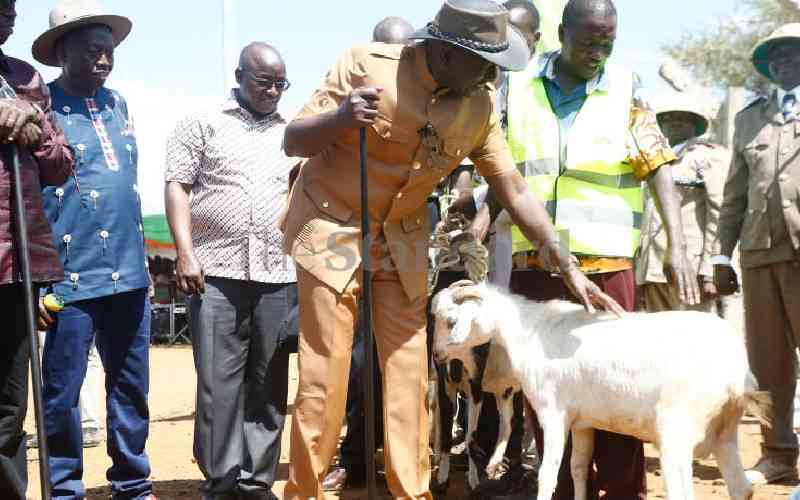By JOSEPH KARIMI
On September 19, 1988, Mwai Kibaki demonstrated that despite his calm, laid back demeanor, he too could get angry.
He grabbed a microphone from a District Officer who was in the process of announcing results for Othaya Kanu Division grassroots election. KIbaki was protesting at the posted results, where winners were allegedly substituted for losers in the queue ballot.
Kibaki stood up from his seat and grabbed the microphone to say the results were “doctored”. He then walked away followed by a large crowd of his supporters.
When he arrived in Nyeri town at around 9pm, he addressed a press conference at the Nyeri Gold Club where he announced the results obtained from various sub-locations in Othaya. He said fraud had not occurred at the election venues, but later at the District Commissioner’s office.
He said: “Rigging requires some intelligence. This scheme is by people who have no sense of intelligence…it is not rigging but direct robbery.”
Queue voting
Indeed, during the first three decades of independence, the provincial administration was used to rig elections.
There were claims that officials marked and stuffed ballot boxes for their preferred candidates, threatened voters and were handed huge amounts of money to bribe voters.
The most outrageous misuse of the provincial administration overwhelmed the country during the KANU elections of the 1980s and 1990s, and during the era of “Queue-voting.”
Voters would line up behind the image of their preferred candidate.
This was a form of intimidation, as no one dared queue behind the image of someone not favoured by the local administration.
Although they came to be hated, there was a noble reason for setting up a system of running government that went all the way to the grassroots.
In a handbook for chiefs issued in 1948, the Minister for African Affairs, CM Johnston, said chiefs would help people in their areas understand the laws and obey them.
They were instrumental in spreading messages on matters ranging from health and education to agriculture.
“The chief is advised that there are also stationed in many locations, agricultural instructors, health workers and veterinary instructors, and in some locations there are Welfare Workers. These officers form the chief’s team and it is his duty to give them every possible support in the execution of their various duties,” said the manual.
 The Standard Group Plc is a
multi-media organization with investments in media platforms spanning newspaper
print operations, television, radio broadcasting, digital and online services. The
Standard Group is recognized as a leading multi-media house in Kenya with a key
influence in matters of national and international interest.
The Standard Group Plc is a
multi-media organization with investments in media platforms spanning newspaper
print operations, television, radio broadcasting, digital and online services. The
Standard Group is recognized as a leading multi-media house in Kenya with a key
influence in matters of national and international interest.
 The Standard Group Plc is a
multi-media organization with investments in media platforms spanning newspaper
print operations, television, radio broadcasting, digital and online services. The
Standard Group is recognized as a leading multi-media house in Kenya with a key
influence in matters of national and international interest.
The Standard Group Plc is a
multi-media organization with investments in media platforms spanning newspaper
print operations, television, radio broadcasting, digital and online services. The
Standard Group is recognized as a leading multi-media house in Kenya with a key
influence in matters of national and international interest.





